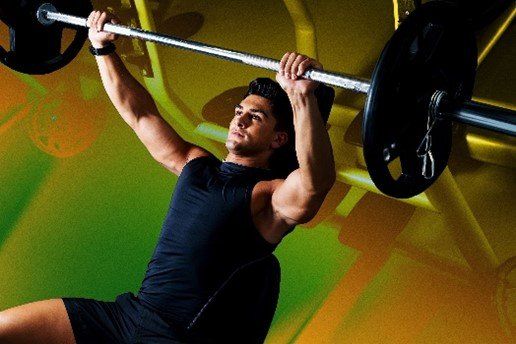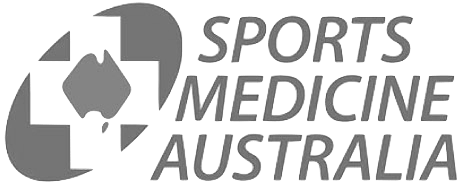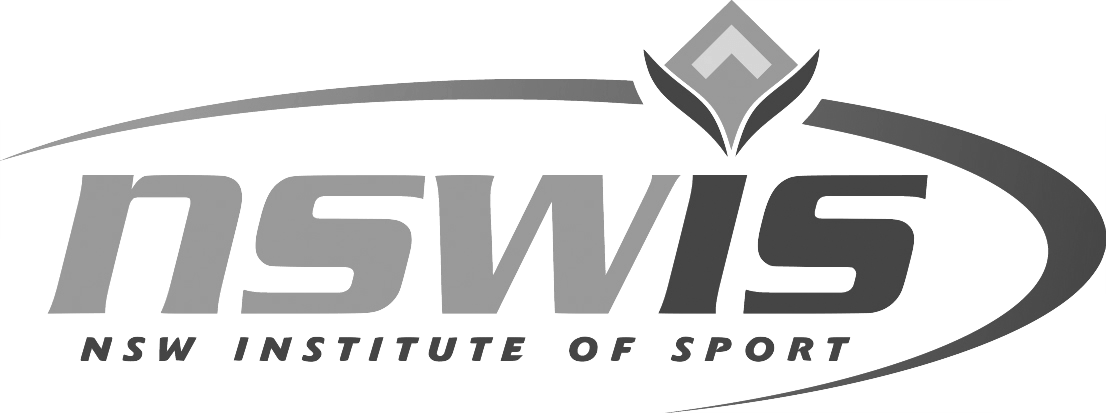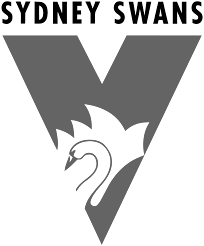Weight Lifter's Shoulder and AC Separation
The Acromioclavicular joint is a joint between the end of the collar bone and the tip of the wing bone. It forms an apex at the top part of the shoulder.
It is an important connection between a free hanging mobile limb and the rest of the skeleton.
The ligaments that hold the joint together can be damaged, often from direct trauma such as a fall onto the point of the shoulder.
A grade 1 injury involves the ligaments of the AC joint and is stable, grade 2 involves additional disruption to the ligaments that hold the collarbone from lifting.
A grade 3 injury is complete disruption of these ligaments, and the joint can become unstable.
Most of these injuries do not require surgery but they can lead to long-term problems with shoulder function and individual assessment is recommended to guide best management1,2
In some cases, the disc inside the joint that normally cushions it will degrade and the joint will become arthritic with loss of cartilage, formation of bone spurs and these bone spurs can lead to rotator cuff wear and pain
Depending on their activities, most people with AC joint osteoarthritis won’t have significant symptoms because it is quite a stable joint 3.
One recent study showed that 90% of patients with asymptomatic AC OA seen incidentally on MRI for other shoulder issues, remained symptom free for 7 years follow-up 4.
Weight Lifter's Shoulder
A condition that tends to be quite consistently painful and can be very debilitating is AC joint osteolysis, otherwise known as Weight Lifter's shoulder.
This is where the end of the collar bone becomes painful, and the inner structure of the bone starts to break down.
It is a kind of bone stress injury that happens in people who overload their shoulder in the horizontal pushing/pulling plane.
However, the resorption phase seems to continue unopposed for months and it is thought to be related to issues with limited blood flow in the area.
What we see clinically is a very warm, tender edge of the collar bone and a moth-eaten appearance of the end of the clavicle on x-rays, as well as bone bruising on MRI.
The symptoms tend to last over 6 months and it is very limiting for people who enjoy strength training, as even light loads can precipitate severe aggravation of pain.
First line treatment includes rest and possibly a corticosteroid injection, especially when there is significant night pain
Other conservative treatment options are more experimental, targeting the excessive and prolonged phase of bone resorption and blood flow to the bone.
Surgical treatment involves resection of the tip of the collar bone via keyhole surgery and is highly effective with over 90% success rate and a fairly rapid recovery over 1-2 months, which is certainly better than we see in most surgeries
Reference List
1. Carbone S, Postacchini R, Gumina S. Scapular dyskinesis and SICK syndrome in patients with a chronic type III acromioclavicular dislocation. Results of rehabilitation. Knee Surg Sports Traumatol Arthrosc Off J ESSKA. 2015 May;23(5):1473–80.
2. Gumina S, Carbone S, Postacchini F. Scapular dyskinesis and SICK scapula syndrome in patients with chronic type III acromioclavicular dislocation. Arthrosc J Arthrosc Relat Surg Off Publ Arthrosc Assoc N Am Int Arthrosc Assoc. 2009 Jan;25(1):40–5.
3. Mall NA, Foley E, Chalmers PN, Cole BJ, Romeo AA, Bach BR. Degenerative joint disease of the acromioclavicular joint: a review. Am J Sports Med. 2013 Nov;41(11):2684–92.
4. Frigg A, Song D, Willi J, Freiburghaus AU, Grehn H. Seven-year course of asymptomatic acromioclavicular osteoarthritis diagnosed by MRI. J Shoulder Elbow Surg. 2019 Oct;28(10):e344–51.
5. Zawadsky M, Marra G, Wiater JM, Levine WN, Pollock RG, Flatow EL, et al. Osteolysis of the distal clavicle: long-term results of arthroscopic resection. Arthrosc J Arthrosc Relat Surg Off Publ Arthrosc Assoc N Am Int Arthrosc Assoc. 2000 Sep;16(6):600–5.















